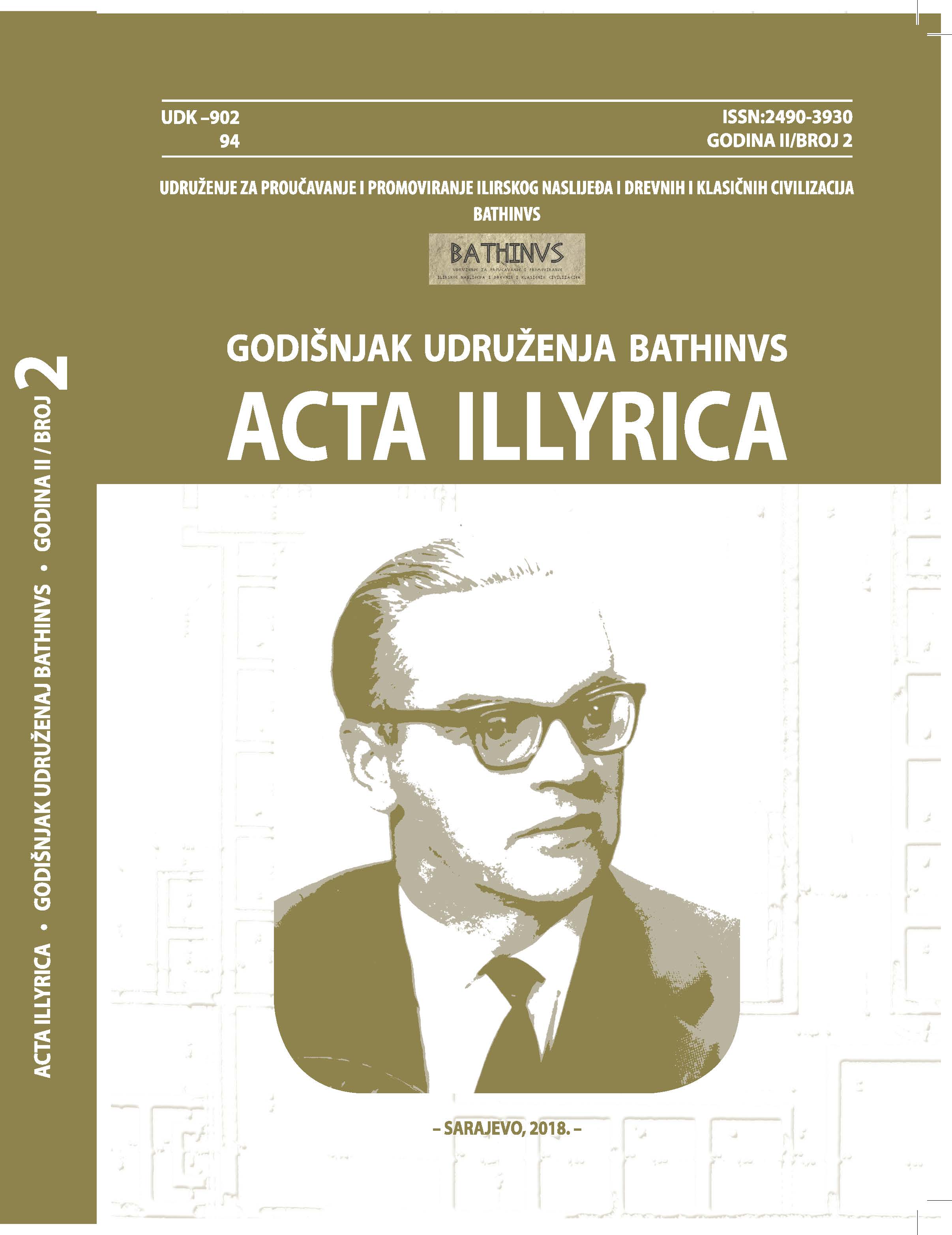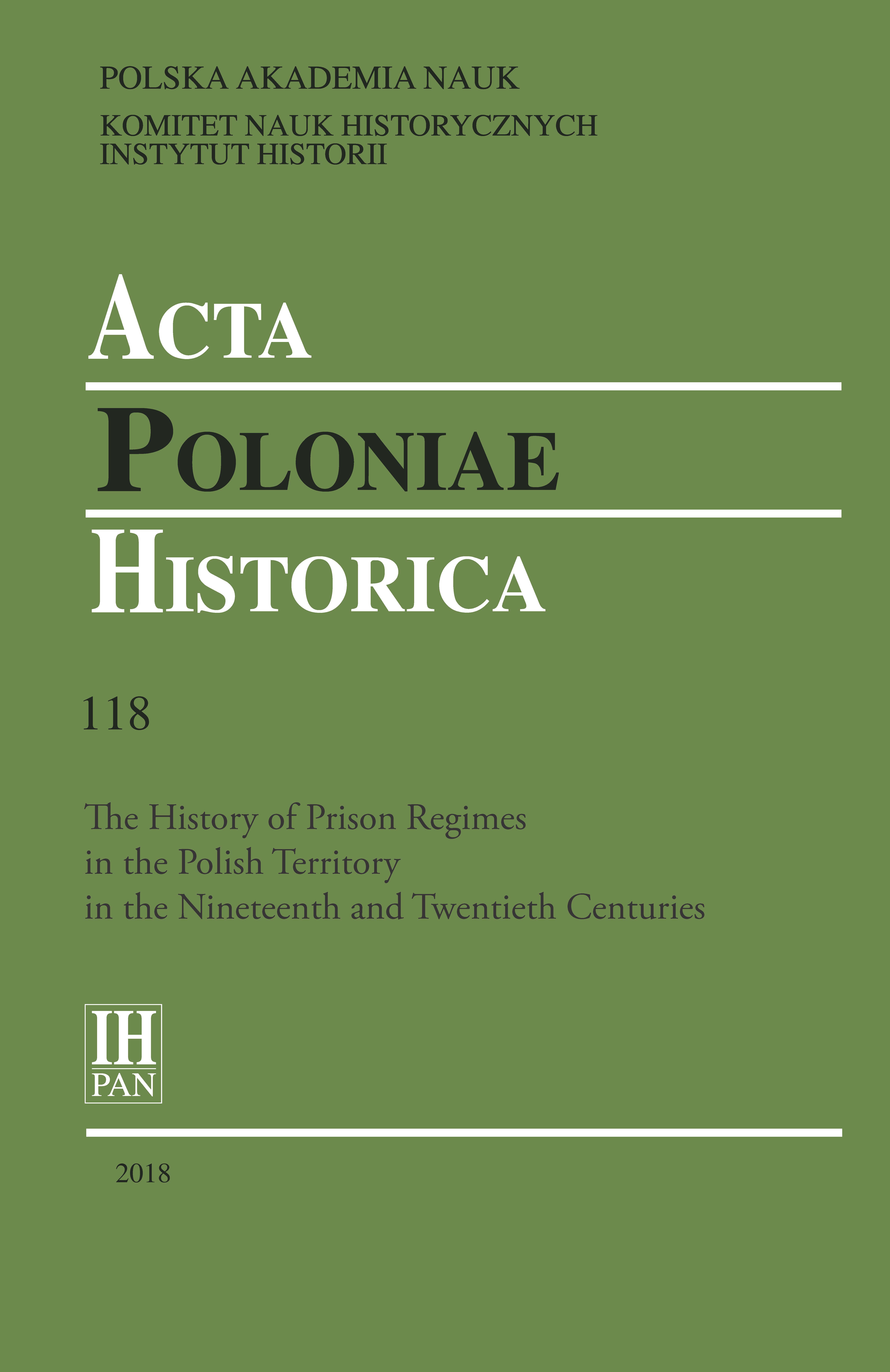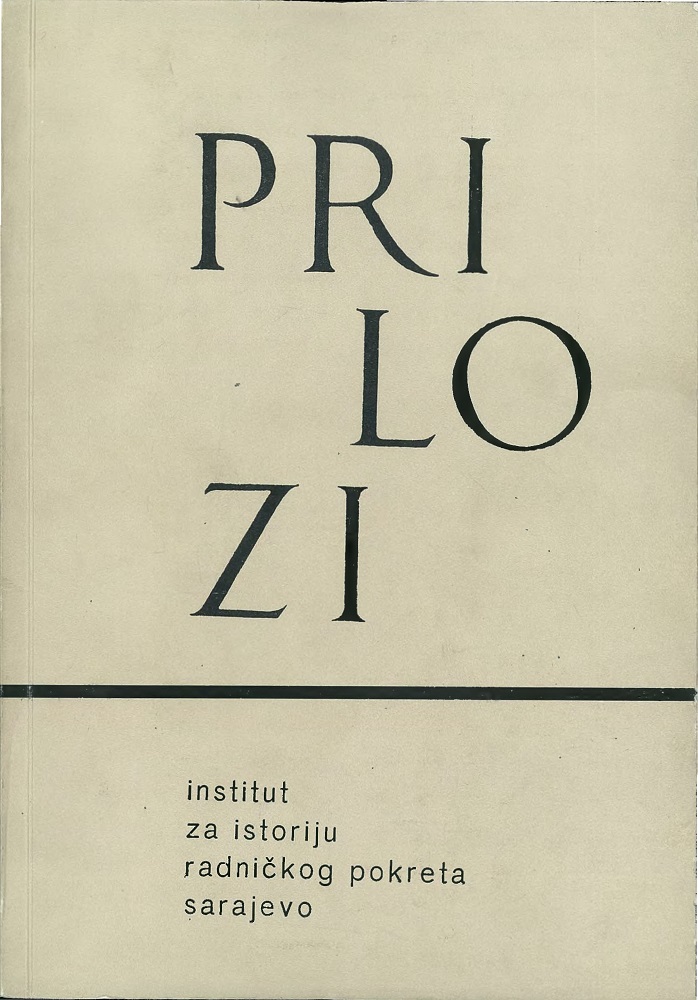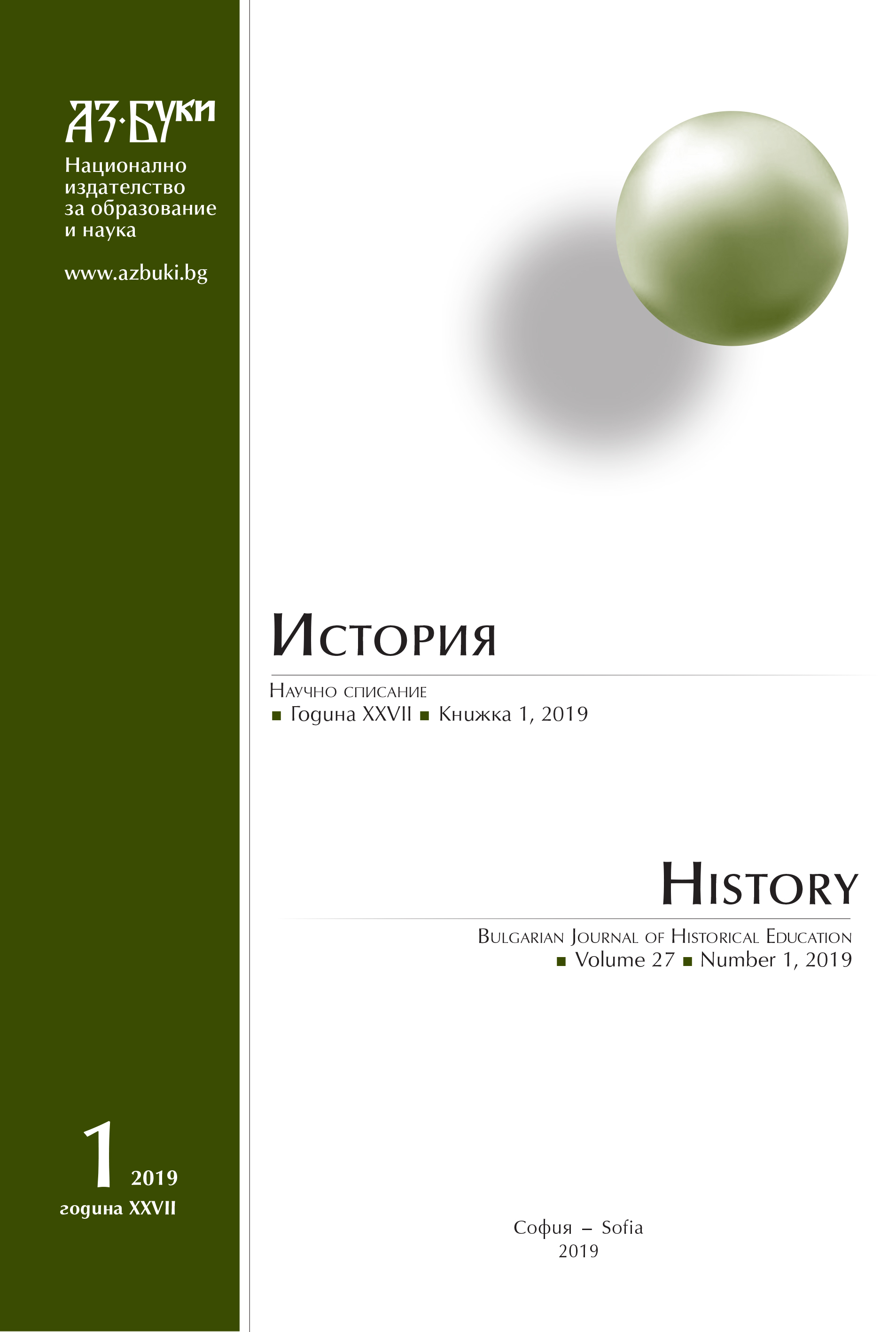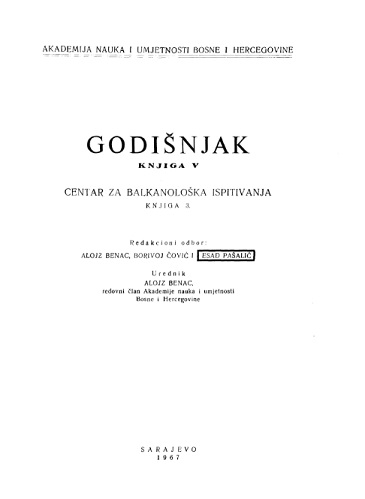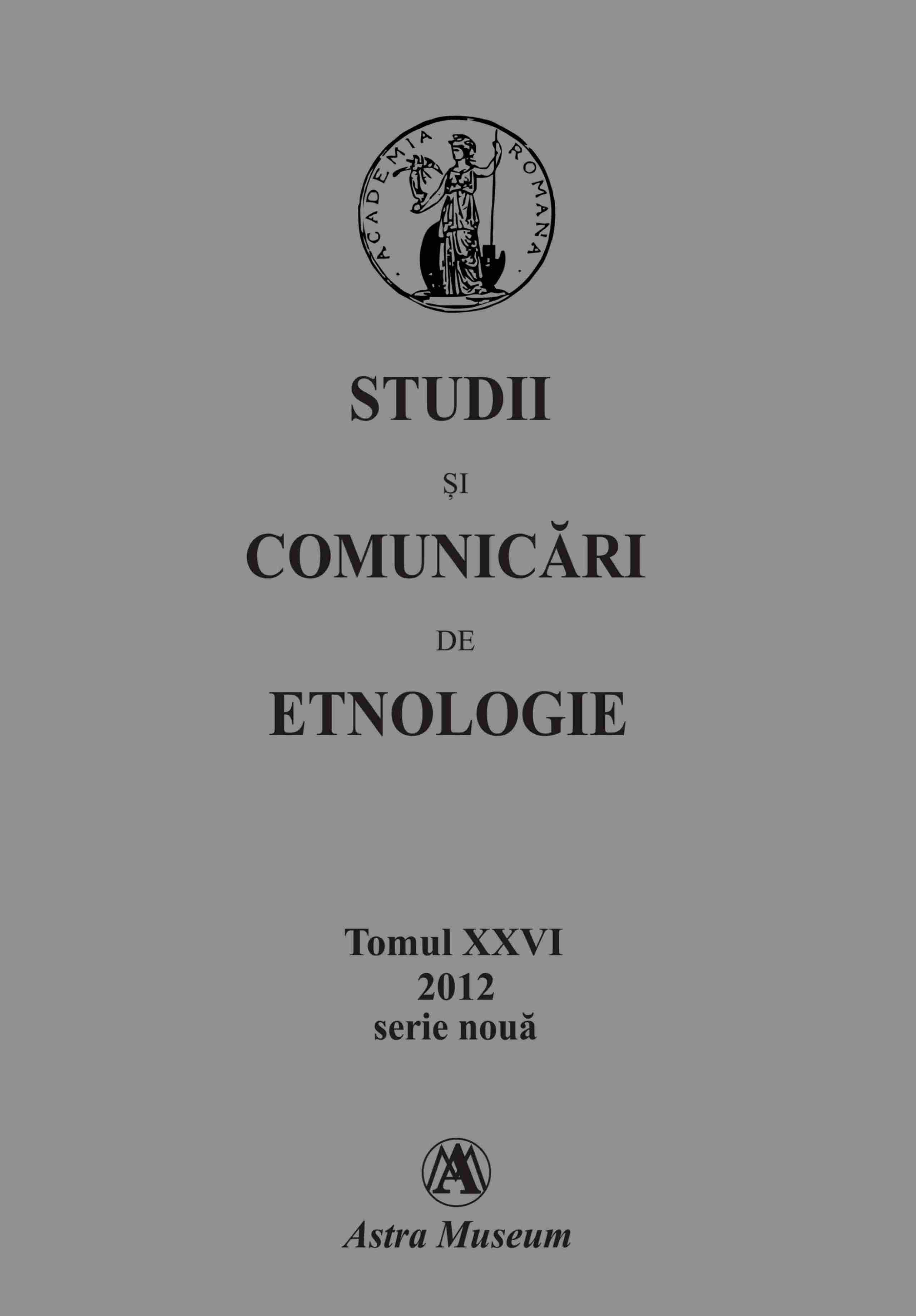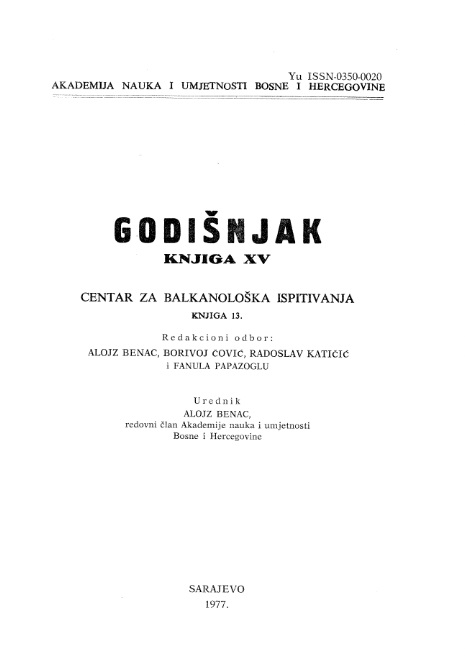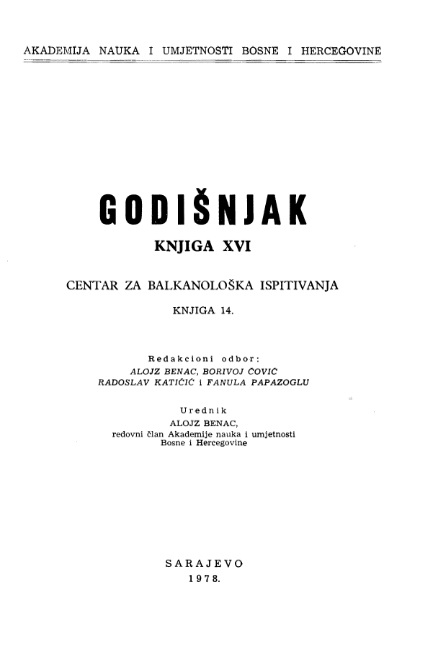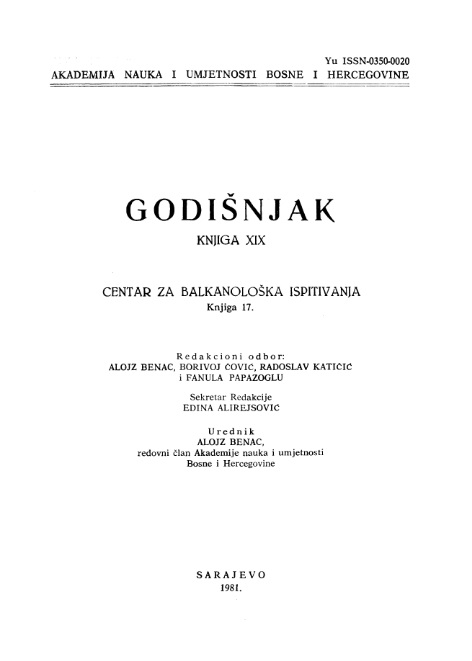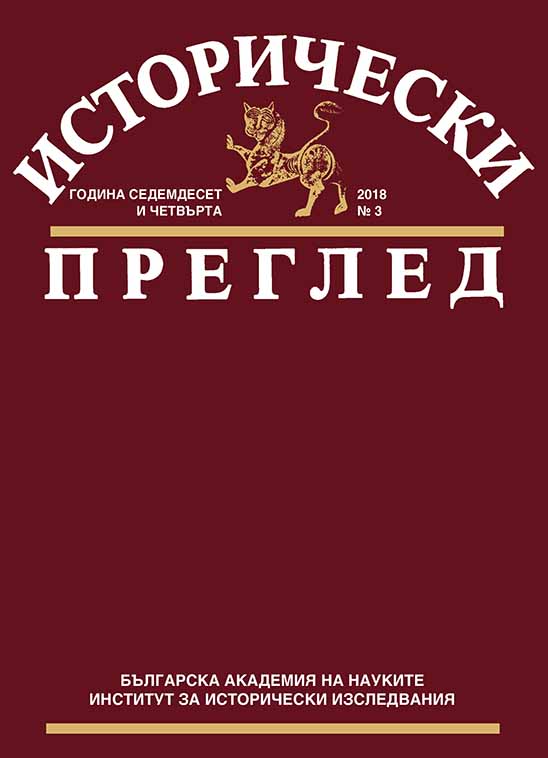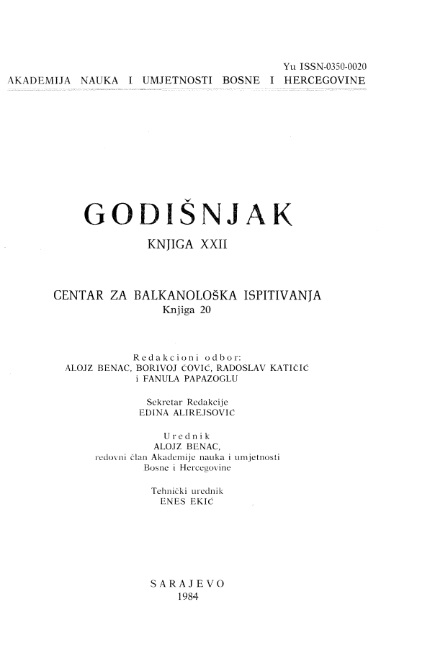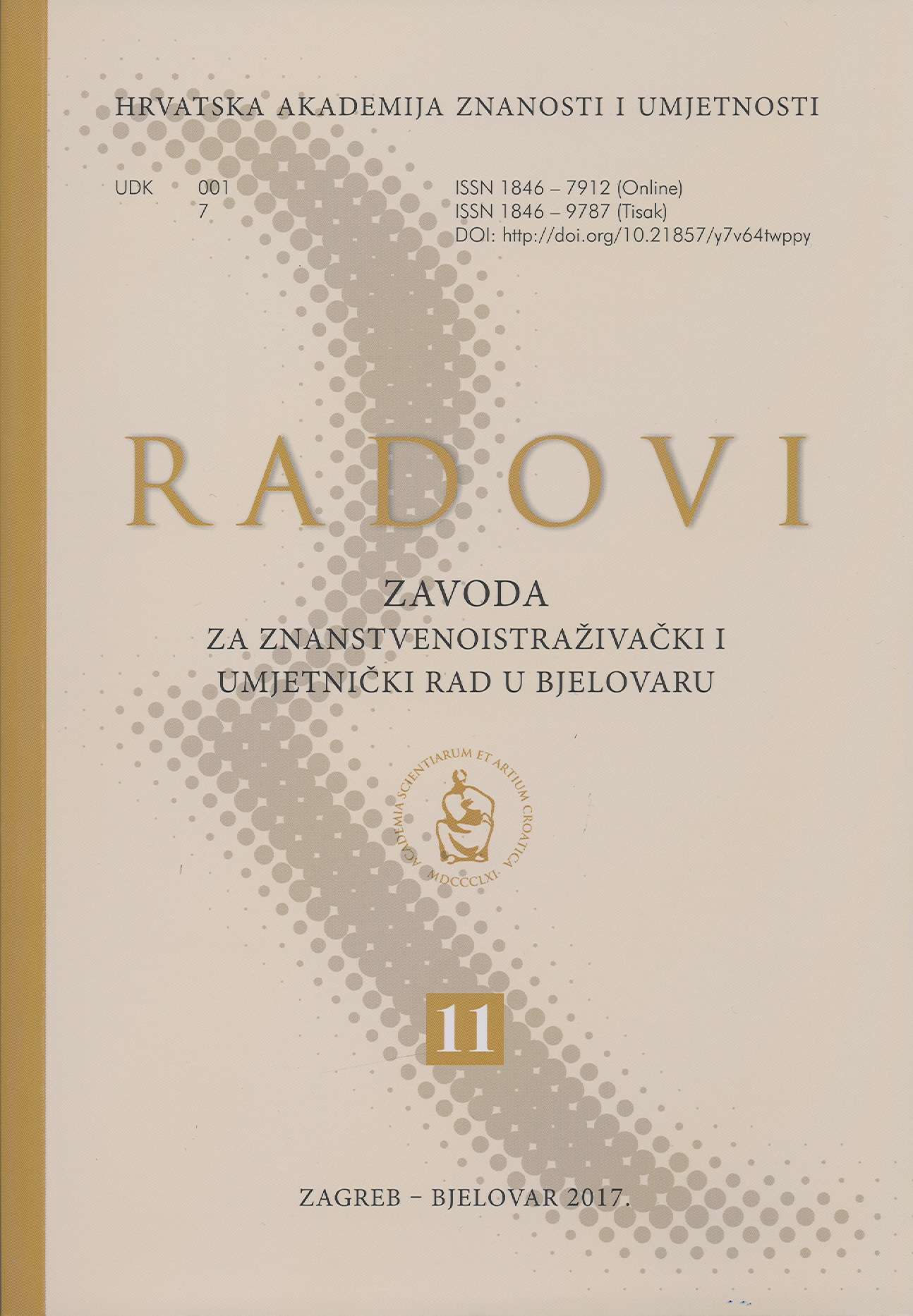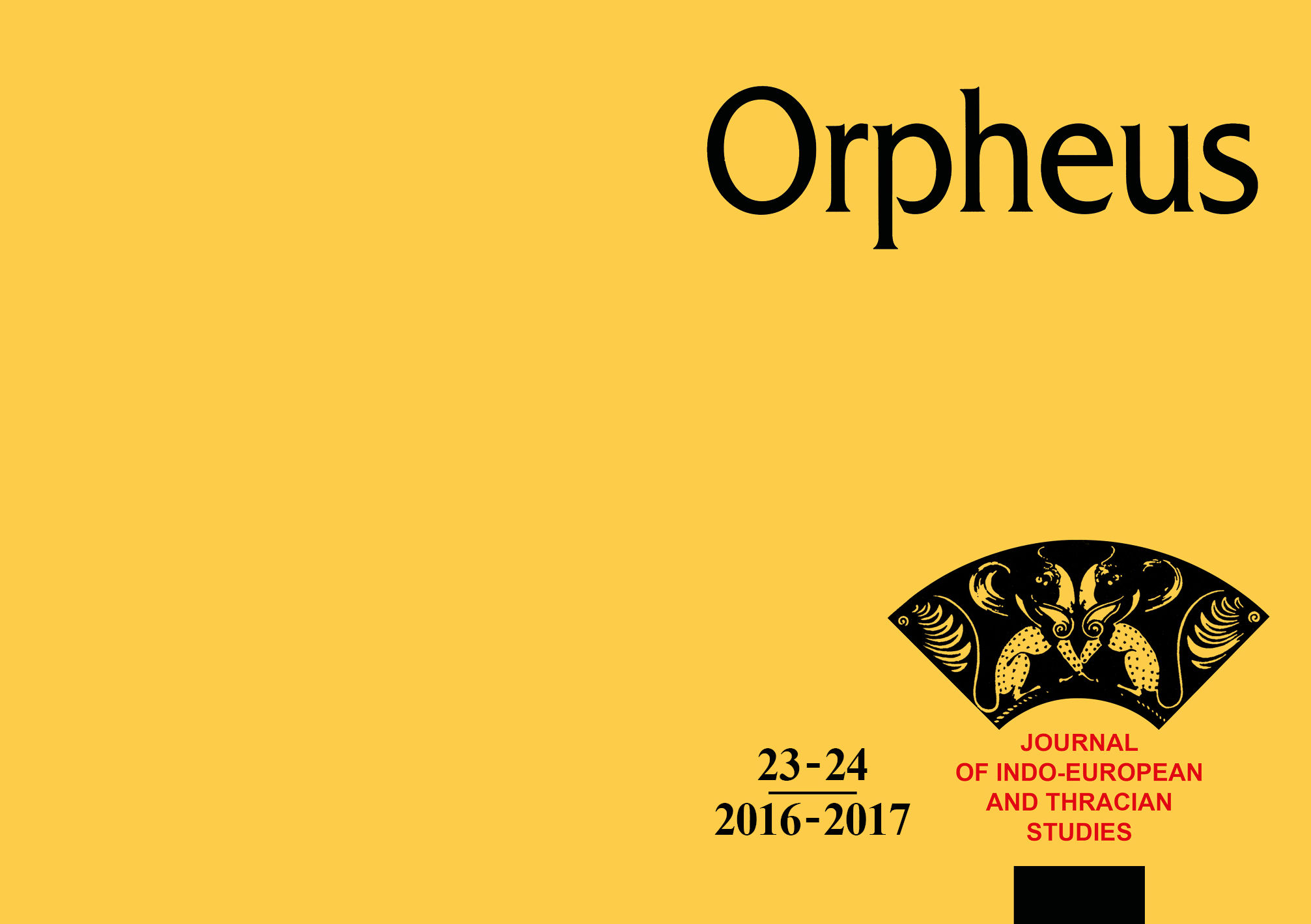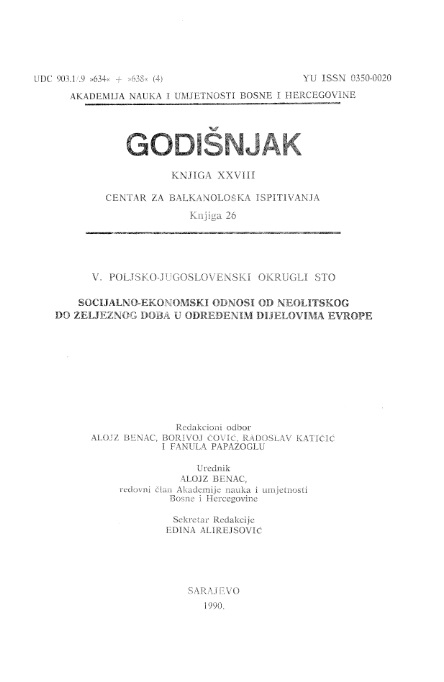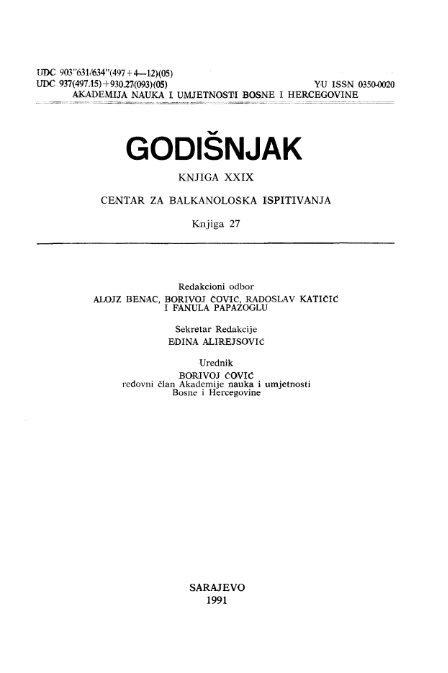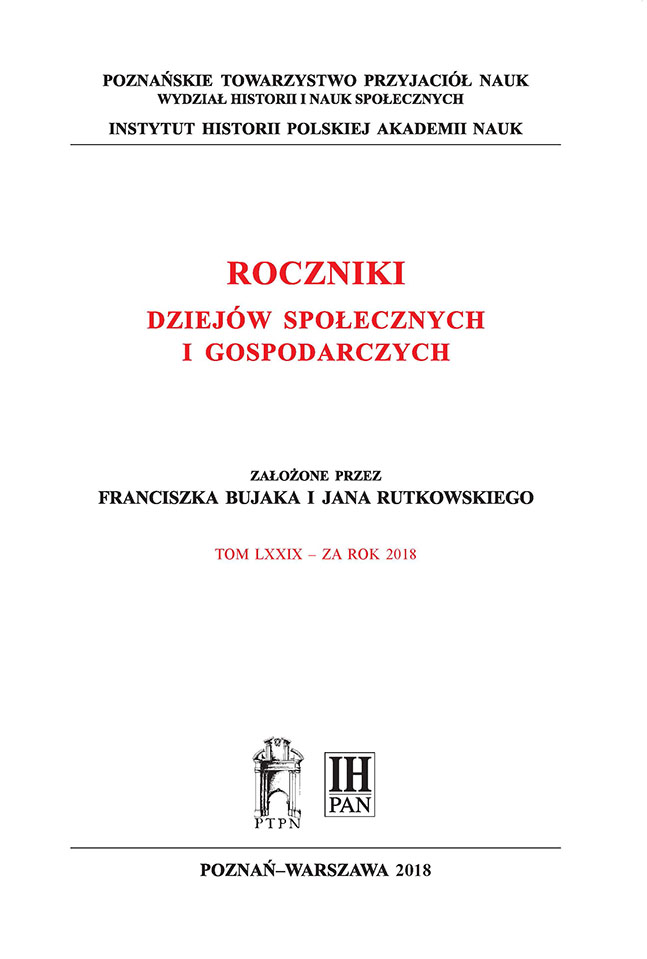Author(s): Duje Rendić-Miočević / Language(s): Croatian
Issue: 19/1981
Dans la numographie gréco-illyrienne sont mises en relief surtout les séries de la monnaie provenant des ateliers monétaires se trouvant à l'Adriatique oriental et dans lesquels — comme porteurs des émissions paraissent les personnes avec le titre de basïleus. Ainsi, on connaît comme porteurs des émissions les suivants »basileis«: Monounios, Mytilos, Genthios et Ballaios, parmi lesquels les trois premiers occupent depuis longtemps sa position sur l’échelle dynastique des souverains du royaume illyrien, tandis que le dernier, quoique avec le titre royal, se distingue chronologiquement de ce groupe historique bien connu et il, comme une personne tout à fait inconnue pendant la durée du royaume cité (éteint en 168 av. n. è.), trouve le cadre de son activité, mal expliquée, à peine après la débâcle de l’Etat illyrien. Parmi les souverains cités ci-dessus, dont les noms accompagnés de titre royal se trouvent sur la monnaie qu'ils ont émise, celle avec le nom de Monounios est d’une importance particulière numismatique et historique ayant en vue l’extension plus vaste de cet anthroponyme — même hors de la région illyrienne — aussi que plusieurs attestations dynastiques de ce nom (différentes tant de l’aspect des régions géographiques dans lesquelles apparaissent ou de leurs appartenances ethniques que de l’aspect chronologique) et de leur typologie spécifique qui indique les différents centres d'émissions de sa monnaie. Il s’agit tout d’abord d’essayer d’expliquer, sur la base de l’analyse détaillée de la typologie de cette monnaie, certains faits historiques, dont les sources traditionnelles littéraires (auteurs antiques) ne disent rien et les émissions citées représentent pour l'instant les seules sources pour l’étude de ces événements. Comme il est déjà bien connu dans les sources littéraires, la principale personne, portant ce nom, avec le titre de roi (basileus Monounios), a été le roi illyrien qui a régné vers l'année 300 avant n. è. 11 y en a qui le tiennent le souverain dardanien, parce qu’un dynaste portant le même nom a été mentionné comme le prince dardanien (Polybius, Livius), mais ce n’était qu’au temps du dernier roi illyrien Genthios, auquel ce même Monounios a donné sa fille pour la femme. S’opposant à l’identification traditionnelle de ce Monounios illyrien avec le roi qui avait émis les statères en argent bien connus à Epidamnos (Dyrrhachium) — ce qui prouve qu’il y en a régné — H. Ceka a établi la thèse qu’il y s’agit peut- -être de deux personnes de même nom sur le trône illyrien: l’un d’eux serait »Monounios I« qui avait émis les statères dyrrhachiens avec son nom, et qui avait régné vers le milieu du IVème siècle avant n. è, et l’autre, »Monounios II«, serait l’adversaire de Ptolémée Kéraunos, dont parlent Iustinus et Pompeius Trogus. L’analyse typologique de la monnaie avec le nom de Monounios accompagné du titre royal présente, d’après l’opinion de l’auteur, bien d’éléments pour l’éclaircissement de certains faits historiques ayant rapport à la personnalité du »roi Monounios« dont le nom figure sur ces monnaies. Tout d’abord, il faut constater qu’il s’agit de deux types tout à fait différents. Il s’agit aussi de différentes valeurs de la monnaie, dont l’un, avec plusieurs variantes et plusieurs exemplaires conservés, est le statère en argent du type traditionnel des tri drachmes dyrrhachiennes autonomes ayant comme types: vache allaitant son veau / carré floréal, et l’autre (exemplaire unique) réplique aussi la connue tetradrachme hellénistique, frappée pour la première fois par Alexandre le Grand, avec les types: Héraclès, la peau du lion sur la tête / Zeus (aëtophoros) sur le trône (v. PI. II—IV). Le premier type, qui a obtenu la pleine affirmation par les émissions des ateliers dyrrhachiens, est connu déjà dans la numographie de Corcyre, mère patrie de Dyrrhachium (Epidamnos) et plus tard il sera accepté comme type principal de la drachme »illyrienne« des deux villes citées. Le statère de Monounios a présenté, quant à la typologie de l’ancienne tridrachme corcyréenne et dyrrhachienne, certains éléments complémentaires, comme types additionnels et signes épigraphiques, parmi lesquels les plus importants sont: le nom de Monounios avec le titre royal sur le revers et la mâchoire du sanglier sur la partie supérieure de l’avers. Il y existent les variantes typologiques se rapportant tout d’abord au sujet et à la disposition des légendes; sur la base de ces données et aussi sur la base de quelques autres détails — les types additionnels comme le pic de lance, la massue — on peut parler de c inq variantes de ces statères. L’un de ces groupes représentent les statères sur lesquels est mentionné, à côté du nom de souverain, le nom de la ville ou de l’atelier duquel ont été émises les monnaies (il y existe aussi trois variantes: AY, AYP, AYPPA); l’autre groupe représentent les statères sur lesquels le nom de la ville est omis; c’est probablement la répercussion des situations politiques concrètes dans lesquelles Monounios s’est senti plus indépendant, par rapport au Dyrrhachium (Epidamnos) — et peut-être par rapport à l’autre ville corcyréeime, ici citée su la côte îllyrienne. Il a essayé, semble-t-il, d’assurer à la population gréco-illyrienne dans les deux colonies importantes corcyréennes une certaine protection politique et une espèce de communauté économique. Cela serait confirmé, comme il semble, par les types additionnels (le pic de lance, la massue) qui apparaissent sur quelques types de statères, sans nom de la ville, comme sa substitution, et ils sont connus par les émissions autonomes des drachmes en argent de Corcyre et de ses colonies. La tetradrachme du type hellénistique n'a pas été, ce qui est évident, émise dans l’atelier dyrrhachien; elle est trop liée du point de vue typologique et stylistico-artistique à la tradition de la frappe des monnaies dans les centres hellénistiques, comme la Macédoine, la Thrace et les autres. La figure sur l'avers, qui reproduit le type connu — la tête d’Héraclès — et qui a été frappée sur la monnaie pour la première fois par Alexandre le Grand, ne présente plus, probablement, cet héros hellénique populaire. Cette figure n’a pas les traits connus et les caractéristiques iconographiques d'Alexandre (la figure d’Alexandre a été frappée par ses successeurs, en premier lieu par les diadoches, d'abord seulement sur les monnaies posthumes d’Alexandre, portant son nom, et plus tard sur leurs propres émissions). Il nous reste de supposer, avec bien de raison, qu'il nous y a été conservé le portrait de Monounios même, avec les mêmes caractéristiques iconographiques appartenant aux figures d’Héraclès et d’Alexandre sur la monnaie conforme. La tetradrachme hellénistique de Monounios, c'est évident, ne peut pas être plus ancienne du temps qui la conditionne. Monounios aurait dû être un souverain très puissant, vue qu’il a manifesté l’ambition de se mêler au combat pour l’héritage de l’Etat d'Alexandre. Son histoire n’est pas connue, mais cette monnaie le révèle comme l'un de nombreux prétendants au moins d'une partie de cet héritage, ce qui pourrait signifier qu'il faut le compter, si non parmi les héritiers directs, les diadoches, du moins parmi les héritiers plus loins, les épigones, qui ont tâché d'assurer le pouvoir sur une partie du royaume d’Alexandre, qui a été désintégré. Le point d’appui au pouvoir de Monounios n’a pu présenter que le royaume illyrien, à la tête duquel se trouvait alors exactement le souverain de ce nom qui a émis les statères mentionnés du type dyrrhachien. Pour cette raison, lui-même doit être placé dans les cadres historiques traditionnels, dans lesquels le placent déjà les sources littéraires mentionnées, c’est-à-dire dans la transition du IVfeme au IIIème siècle avant n. è. ou au plus tard dans les premières décennies du IIIème siècle (vers l’année 280).
More...


